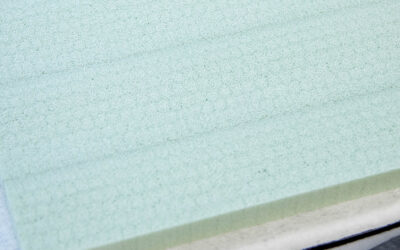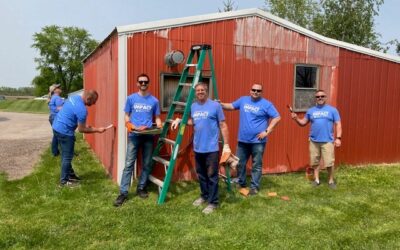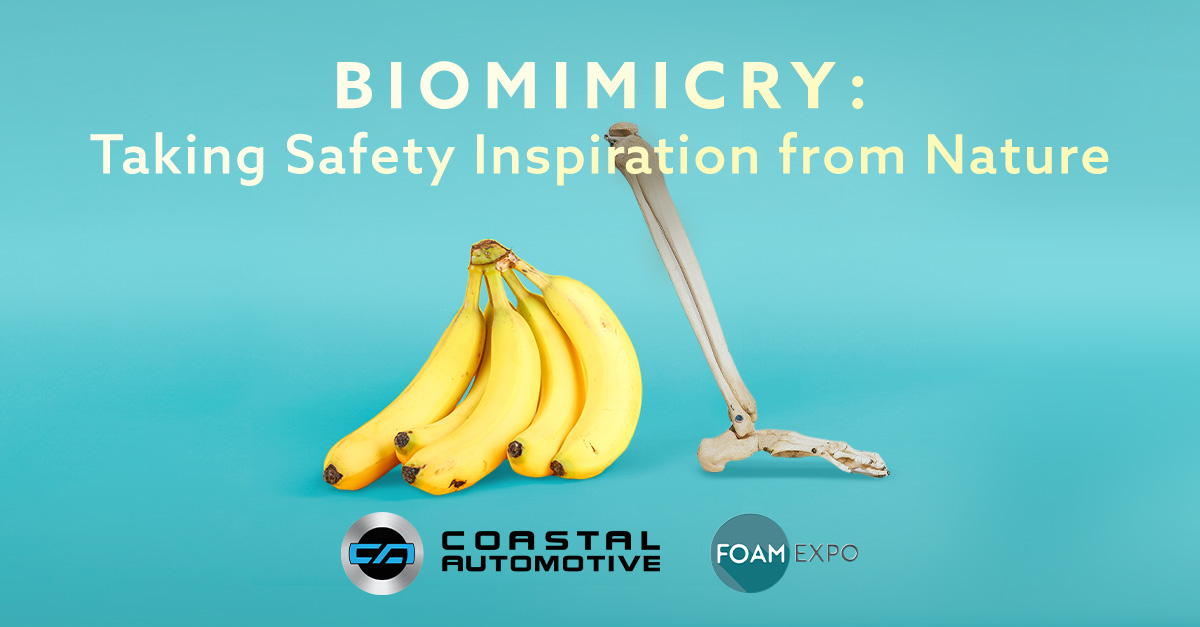
While scientists have studied ways to maximize automotive safety for over a century, nature has been developing and evolving complex bio-structures that are highly efficient at absorbing impact energy and protecting lifeforms for millions of years.
Some of the more interesting structures found in nature are those that have graded structures. Bones and banana peels are of particular interest because the arrangement of their cellular cores allow them to absorb impact forces internally first, while protecting the outer skin regions.
In our research we explored some of nature’s examples that characterize materials that are strong, lightweight, and demonstrate an ability to absorb impact energy for possible foam applications. We then translated our discoveries to create simplified lattice structures that may prove beneficial in composite sandwich core applications where impact energy absorption is a desired attribute.
Human Bone Structures
One such natural application of impact structures is in the human bone. On examination of human bone structures, we observe that the bone consists of an outer dense bone shell known as the cortical bone, and an inner cellular spongy bone structure called the trabecular bone.
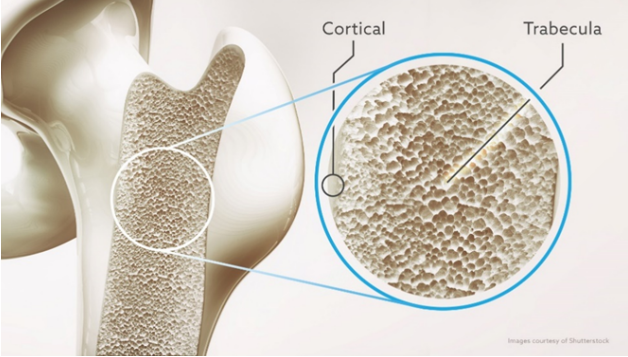
The inner trabecula bone structure is designed to not only withstand the forces exerted by the weight of the human body but to also absorb shock impacts especially in highly active situations such as jumping, running and movements that are typically encountered in sports. Interestingly, it has been discovered that the bone structure changes during normal human growth cycles by slowly adapting and changing the shape and direction of the cell structure to compensate for any repetitive stresses that the bone may be constantly subjected to. The inner trabecula bone cells will become elongated and align themselves in the direction of the highest stresses to provide the best impact absorption capabilities.
Inspiration in Banana Peels
Similar to the human bone structure, banana peels are designed to withstand the impact force of falling from the tree when it is ripe. When bananas are ready to have their fruit and seeds eaten and dispersed by animals, the ripened banana will fall several feet to the ground below. It is important that the banana peel protects the inner fruit and seeds from damage and that the peel does not split upon hitting the ground, whereby insects would enter the banana and spoil the fruit before larger animals can eat them.
In the cross section of a banana peel we see a graded structure of dense small cells on the outside of the banana skin, gradually becoming a less dense, large cellular structure towards the inner region of the banana peel where it meets the banana fruit.
These larger inner cells are the first structures to come into play upon impact when the banana falls to the ground. The larger inner cells absorb a large amount of the initial impact force and reduce the tendency of any higher forces from being transmitted to the outer dense cellular structure. In most cases, the initial energy absorbed by the larger inner cells of the banana peel is sufficient to prevent the peel from splitting.
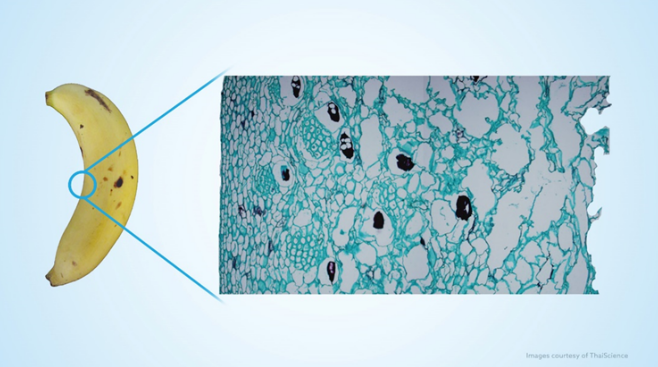
Lattice Structures Inspired by Nature
One of the most innovative areas in engineering research today is biomimicry of cellular lattice structures that are found in nature. Man-made Lattice structures allow engineers to tailor different areas of a part to control mechanical properties such as stiffness, rebound energy, material density, energy absorption, and impact force-deflection curves.
In addition to optimizing mechanical properties, lattice structure-based materials offer weight reduction, air circulation, sound reduction, and thermal control. These structures are excellent in impact energy absorbing applications and provide weight savings when used as core materials in composite sandwich constructions.

Mimicking Graded Structures
In our recent explorations, we took the knowledge discovered in our investigation of the cellular structures of bone and banana peel to form an experiment. We created three different lattice foam geometries to see if they would provide improved impact energy absorption capabilities.
Lattice structures are made using either additive manufacturing technologies, such as 3D printing, or subtractive manufacturing processes, such as the CNC wire cutting we use at Coastal Automotive. CNC wire cutting is a faster and less expensive way to create foam lattice structures compared to 3D printing, which is why we chose this method to create the samples used in our research. We created three different lattice foams for testing. These consisted of 10mm, 7.5mm, and 5mm, hexagonal lattice cell formats:
- PET foam, non-subtractive, non-graded structure
- Graded foam structure, 10mm hexagons
- Graded foam structure, 7.5mm hexagons
- Graded foam structure, 5mm hexagons

In tests, we discovered that the compressive force data obtained on the 5mm, 7.5mm, and 10mm hexagonal cell structured materials resulted in improved impact energy absorption abilities as compared to that of the solid foam material. Results showed that lattice foam materials are capable of absorbing initial energy from an impact while simultaneously keeping peak stresses lower than critical damaging values.
The results also demonstrated that the engineering team can individually tailor the properties of foam to provide different impact energy absorption responses depending on the final product application.
By mimicking nature inspired lattice structures (in this case using hexagons), we showed how a foam material that is constrained by its material properties, or manufacturable density, can be geometrically modified into a lattice structure to give different impact force-deflection response curves. In certain applications, the lattice structure performs better than that of the single density non-cut foam material.
Innovation at Coastal
We’re excited to see how we can apply our knowledge and the concepts we have learned from nature to continually innovate Coastal Automotive’s passive safety and sound management solutions for our customers. Have a unique challenge you’re looking to solve? Reach out to our team.
